“Amish Bookmobile” Grounded Due To Coronavirus
Amish children in larger communities benefit from bookmobiles, which travel around their settlements delivering a mobile library to eager young readers. The bookmobile might seem like a relic of a bygone time – especially when we have more reading available to us in libraries, both online and off, than ever before.
But for a community of people who are limited by their use of technology in accessing both physical and digital libraries, bookmobiles play an important role. And they are heavily used by Amish. For example, the bookmobile in Holmes County, Ohio has an annual circulation of nearly 200,000 books in that very Amish part of the country (see An Amish Paradox, p. 166) .
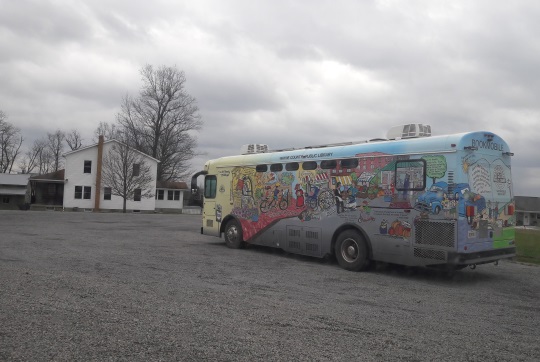
Bookmobile parked outside Amish business in Wayne County, Ohio
Among the countless disruptions to regular life due to the coronavirus and response, we can now add another – a bookmobile serving the large northern Indiana settlement has been shut down:
LAGRANGE — The LaGrange County Public Library bookmobile is the newest causality in the battle against coronavirus.
The library announced this week that its board of directors decided to keep the bookmobile parked this fall. Traditionally, the bookmobile roams LaGrange County, usually visiting small, private Amish schools, providing those students with books to read.
Demand here for the bookmobile remains high, unlike other more urban communities where bookmobile services have diminished. According to LaGrange County Library Director Richard Kuster, the LaGrange bookmobile typically visits more than 60 Amish schools, providing those students with a constant and ever-changing supply of new material to read.
But because of the coronavirus pandemic, the library board has deemed the bookmobile’s limited interior space a potential coronavirus hazard.
“The board discussed it, and everyone agreed that the bookmobile is close-quarters, and it goes from stop to stop to stop, and that, under the circumstances, is not a good thing,” Kuster explained. “We’ve decided to just hold off for a while, hoping that things get better.”
I don’t know how this bookmobile normally functions – is it usually packed with children? – but would it not be possible to allow children on individually, or groups of siblings together? Could you air it out between stops? Reduce the number of stops per day? Have children wear masks and use sanitizer before going on, of course?
I guess I’m not understanding why this space poses a greater hazard than the many other frequently-used spaces which are currently open to the public in Indiana, like grocery stores, retail shops, malls, and even bars and movie theaters (at reduced capacity), to take a few examples. Perhaps it’s the smaller space of the vehicle that people are worried about, but it seems like any hazard from that could be managed.
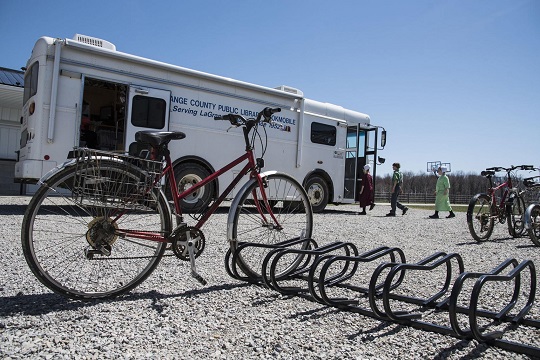
Of course this also means accepting that coronavirus is a meaningful danger to young children, or that they are significant threats to spread it. Meanwhile studies and recent data show that the virus danger to children is “extremely small,” and suggest that they are unlikely to spread coronavirus to other children or adults (at least younger children).
That matter aside, the board has found an alternative for their young readers – “tubs”:
Library staff members fill plastic tubs with age-appropriate books the library is willing to drop off at local schools once a month. After a month in circulation, those books are placed back in the tub and returned to the library. Once they are back in the library’s hands, the books are allowed to set for several days, and deep cleaned if necessary. Chrisman said it was simply the right thing to do, a way to keep children reading.
Their approach might be overly cautious, but good for them for at least finding an alternative to keep the children supplied with fresh reading.
The LaGrange County Public Library bookmobile isn’t officially an “Amish” bookmobile. But we might as well call it that. Serving dozens of Amish schools in one of the two most heavily-Amish counties in America, I would guess that the vast majority of its readers are Amish children.
I can tell you from experience how Amish parents value having wholesome reading material in the home for their children. So I hope these kids will continue to get a sufficient supply of reading material under the new plan.


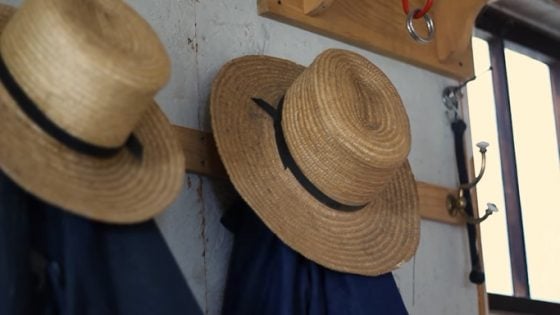
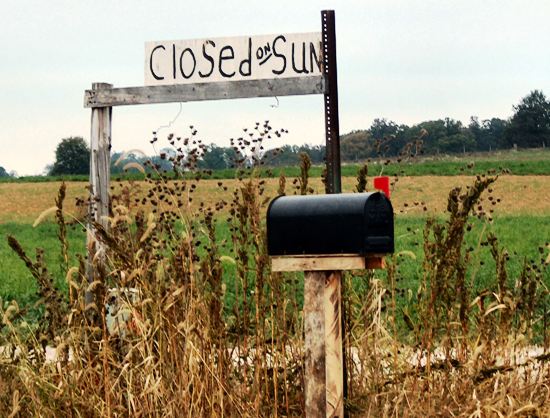
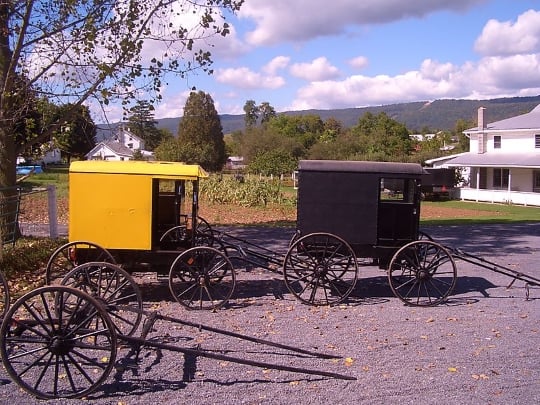

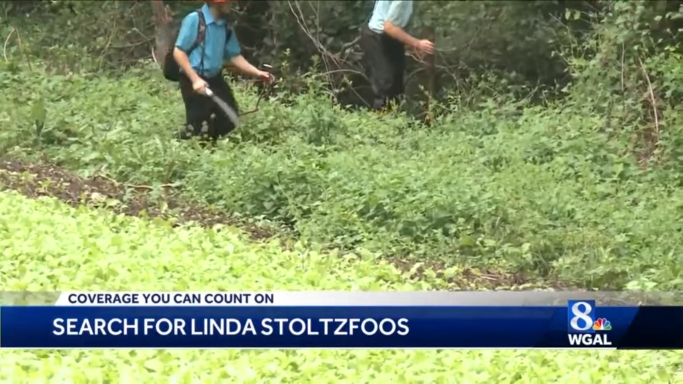


Saving grace...
Until I read about the “tub” alternative, I was ready to proclaim another example of “one-dimensional thinking” based primarily on fear if not on mass hysteria. As a society, we seem to be forgetting the principle of managed risk.
This might be another example of an opportunity to learn from the Amish who seem to be better at considering the risk/reward balance. There are countless examples of decisions being made based not on fear but the overall health of the community and its members. Most practices are not determined solely based on a fear of contamination by an association with the “outside” world. Electricity is not inherently evil but it’s important to think about how and when we use it. These are not zero-sum games.
There’s more than a semantic difference between “How do we prevent the spread of Covid-19?” and “How do we keep our children physically, mentally, and emotionally healthy and growing?” Life is about far more than not dying.
Life is about far more than not dying.
Ummmm….not really. Everything in life depends on “not dying”. That’s not political or rhetorical, that’s just reality. If you are dead there isn’t “far more” of anything. Caution is being slandered by folks who find it suits their purpose to call it fear. They care more about their power than about the well being of ordinary people.
Just to clarify...
I had no intention of “slandering” anyone nor am I attempting to “suit my own purpose.” There are those, including the Amish, who believe that dying is part of the process we call life. It just could be that we weren’t put on earth for the sole purpose of avoiding death.
There’s an old story about the fellow whose doctor told him “If you give up wine, women, and song, you’ll live another twenty years.” The old fellow replied, “If I give up all that, why would I want to live another twenty years?”
I perhaps not clearly enough complimented the folks who made the decision to park the bookmobile. I did not slander them for being cautious. They, at least, did not forget that the kids still need resources and reading material. However, some would surely note that delivering tubs of books also creates some “risk.” Is that an acceptable risk?
It’s a question; not an argument. Those who believe the books in tubs are carrying too much risk can decide not to participate. Others may welcome the books with open arms. As individuals, we make many decisions every day that involve managing risk. The keyword is “managing” because we are not likely to ever eliminate risk.
We can live together harmoniously. The Amish offer a pretty good model because it’s based on community, not individual beliefs and fears.
ideology
Since you took it personally, I didn’t mean to imply YOU are suiting YOUR own purposes. I suspect you are not. I meant your opinions reflect the rhetoric and ideology publicly promoted by a certain political figure for HIS own purposes. Maybe I was mistaken.
The reality of risk and reward has existed since long before the current holders of any political office in the world today were even born. I read that very fundamental and inescapable concept as the core of Walter’s comment, beyond any political commentary.
Book Mobile
Lincoln Nebraska Libraries have a book mobile which is also grounded and it’s use is greatly appreciated by many in the city since the libraries here are far apart and parts of the city don’t have a library close by. Will probably be next year sometime before it’s out and about again.
I remain puzzled why bars at 50% capacity are allowed to be open while bookmobiles need be grounded. If there is some science to it I’m missing I hope someone will enlighten me. Otherwise I suspect it’s in large part because children are involved in one and not the other.
Thanks...
Thanks, Eric. You read my comment correctly. And the puzzles around what’s being permitted versus what isn’t somewhat makes my point. One of my favorites was the high school senior who wondered why he could accept a paper receipt from a cashier at Walmart but not be handed his high school diploma in person.
Also, science is a bit of a sacred cow, so we are collectively lacking a good decision-making model.
Stir in “group think” (which could more accurately be called “group feel”) and you have the perfect recipe for the situation we are in… books will be written, I’m sure. I do think it would be interesting to study how the Amish are viewing and managing their lives in view of COVID-19. They have a fairly good track record of managing risk and reward and balancing individual rights with the health of the community.
I work for a library that serves Ohio’s Amish community. We also have stopped visiting bookmobile service. There are a few reasons why.
Mainly, the vehicle is very narrow and long and would be very hard to “air out”, trying to reduce viral load within very close quarters. Items are frequently touched over and over because of a smaller selection and can’t be sanitized or quarantined between visitors – there would be nothing left for the next group. The Amish here will not wear masks or follow distancing, and we have to follow state orders.
We just can’t put our staff at risk at this point in time until there is more definitive information or recommendations change. We have had many issues at our branch location with the heaviest concentration of Amish and Mennonites. We may be closing that location again and going back to curbside only due to abuse toward staff over (state-mandated) masks and also virus exposure.
We are working like crazy to prepare book bins for the schools, Amish and English. Libraries will ALWAYS work to find a way to provide service to their patrons somehow – it’s our mission. But we must keep our staff and also our customers safe, too.
I’m sorry but that is a bunch of BS.
The bookmobile can bring some tables and put books on them. And then, if the books don’t suit the customers, then, make recommendations and bring the books out of the truck.
And the employees can wear masks and wash their hands.
People, including myself, have been working throughout this pandemic and have probably been exposed to many people who have the germs but never got sick.
This is just pure laziness on the part of the library people.